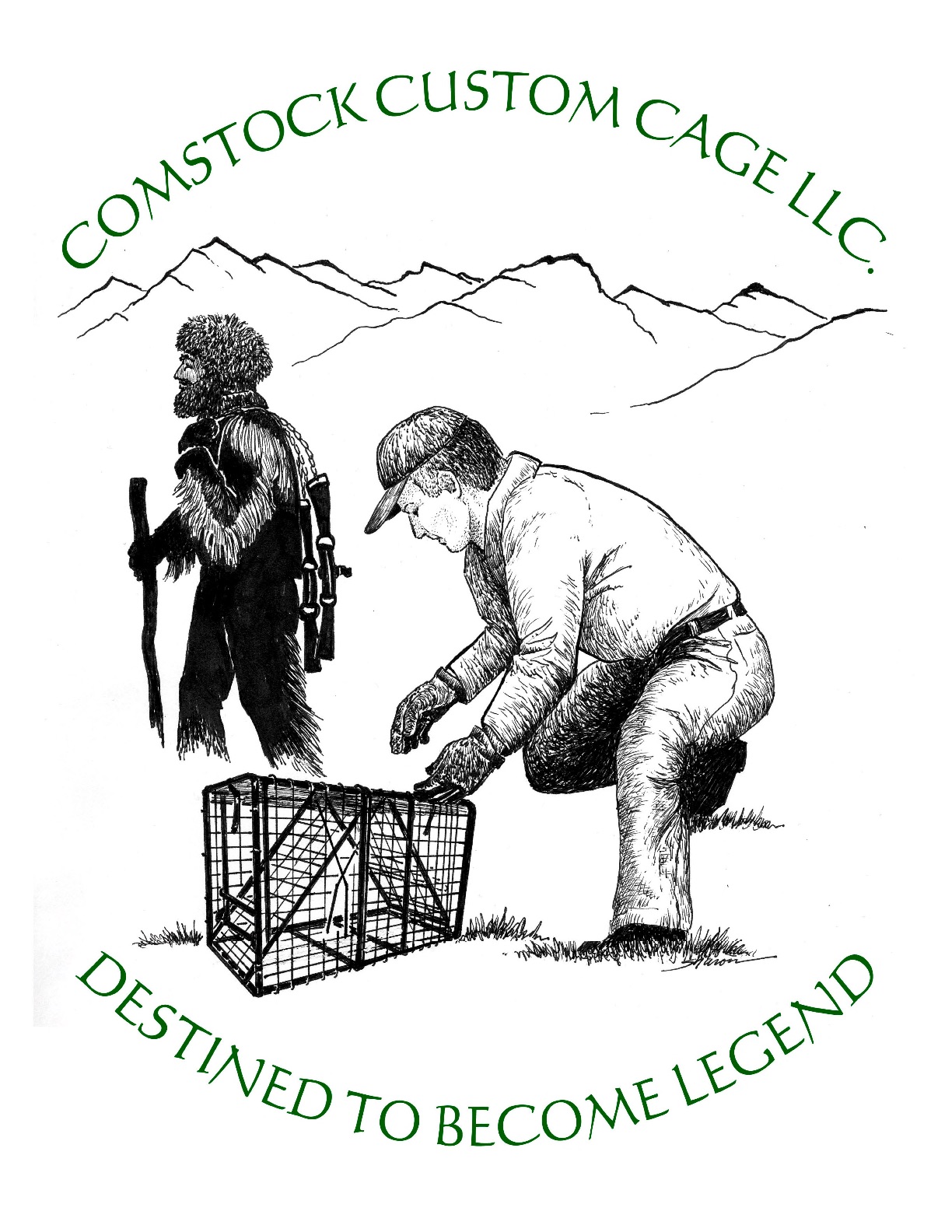Beaver in Winter, Is the lodge active?
There are some tell tale signs, easy to pick up on, to tell if a beaver lodge is active in winter. The obvious is fresh cuttings along shore, which will at least let you know they have been there recently. The dam will be mudded, water high.
If there is snow on the ground and the lodge is covered, look for a “smoke hole” or breather in the top of the lodge. Beaver build the lodge without packing mud on top of the house, purposely, to allow for fresh air ventilation. The rest of the house will be like concrete, frozen solid and tight. If snow cover is light, you may see a thawed spot on top where heat coming up from the lodge has melted the snow. At times you may even see “smoke” coming from the top of the lodge, which is actuarially condensed water vapor. When the snow on the lodge is deep, you will have to remove just a little from the top of the lodge, which will reveal the thawed top that will have a wet appearance, while the rest of the lodge is frozen. The smoke hole shows that beaver are present. The size of the smoke hole will give an indication of how many are in the lodge. Soccer ball size may mean only a pair but if the top of the lodge has a melted area as big as a bushel basket, or larger, there could be a bunch, 6 to 12 perhaps. A frosted smoke hole means no beaver present. Moisture from the lodge simply rises and freezes, crystalizing on the sticks.
Beaver usually keep the dams up in good shape and water level up. Though not always the case, if a pond starts to drop and the ice sags it could be an indication that no one is home.
Feed piles are a give away. Fresh feed means beaver were planning on spending the winter. Though the feed pile may be fresh, cuttings evident and the dam still in tact, the breather is the best indicator. If the colony had been trapped earlier the feed will look fresh and water may still be up, but the frozen lodge minus a breather shows that you were not to first to find the colony.
It is a good idea to take a minute and check thoroughly. Forty years ago a local tapper set traps in a small creek near a “lodge.” He hadn’t checked for a smoke hole or feed pile, but made assumptions. Late in spring, after catching no beaver, when the snow began to melt, he realized he had set traps around a large boulder!
